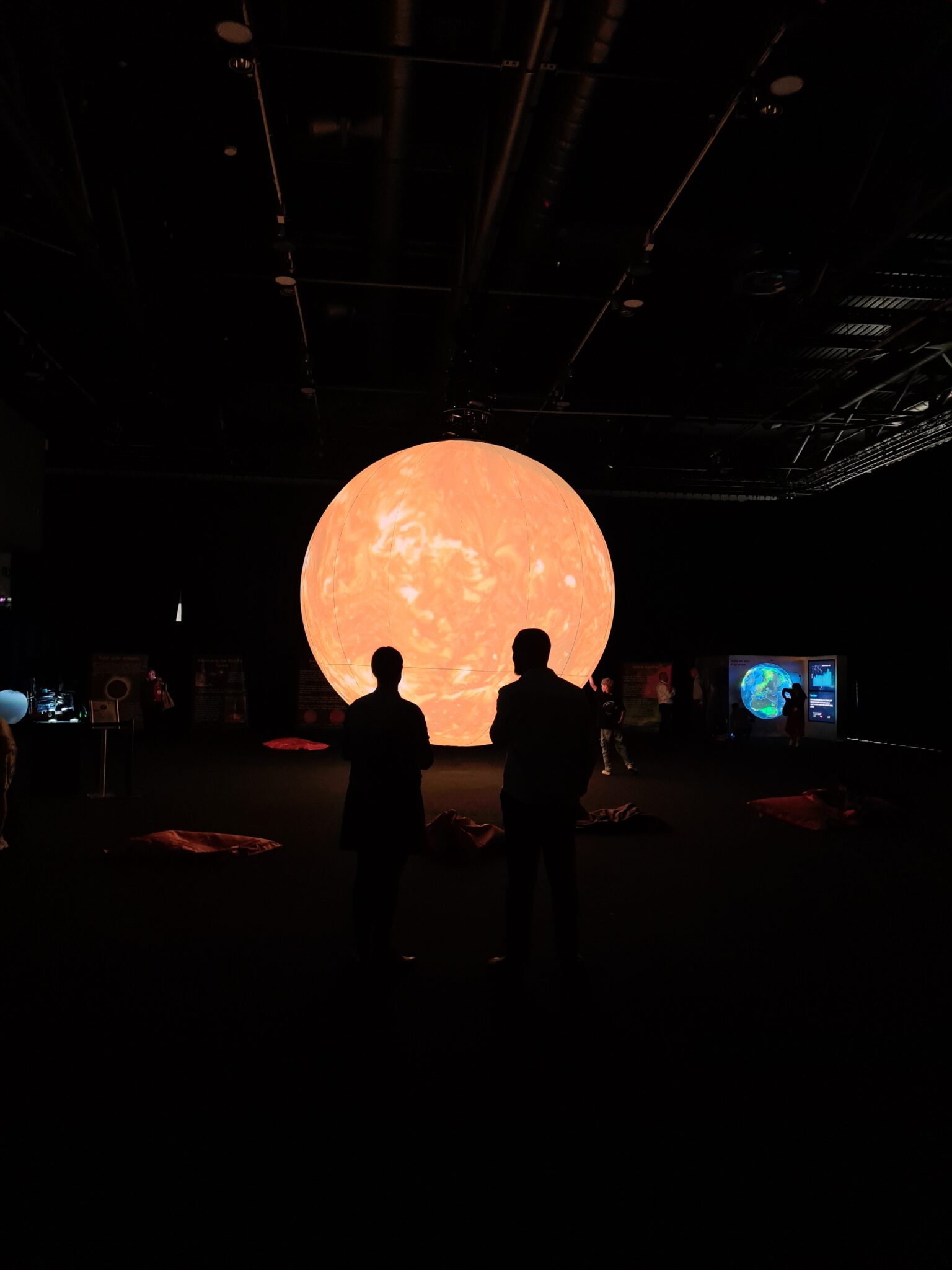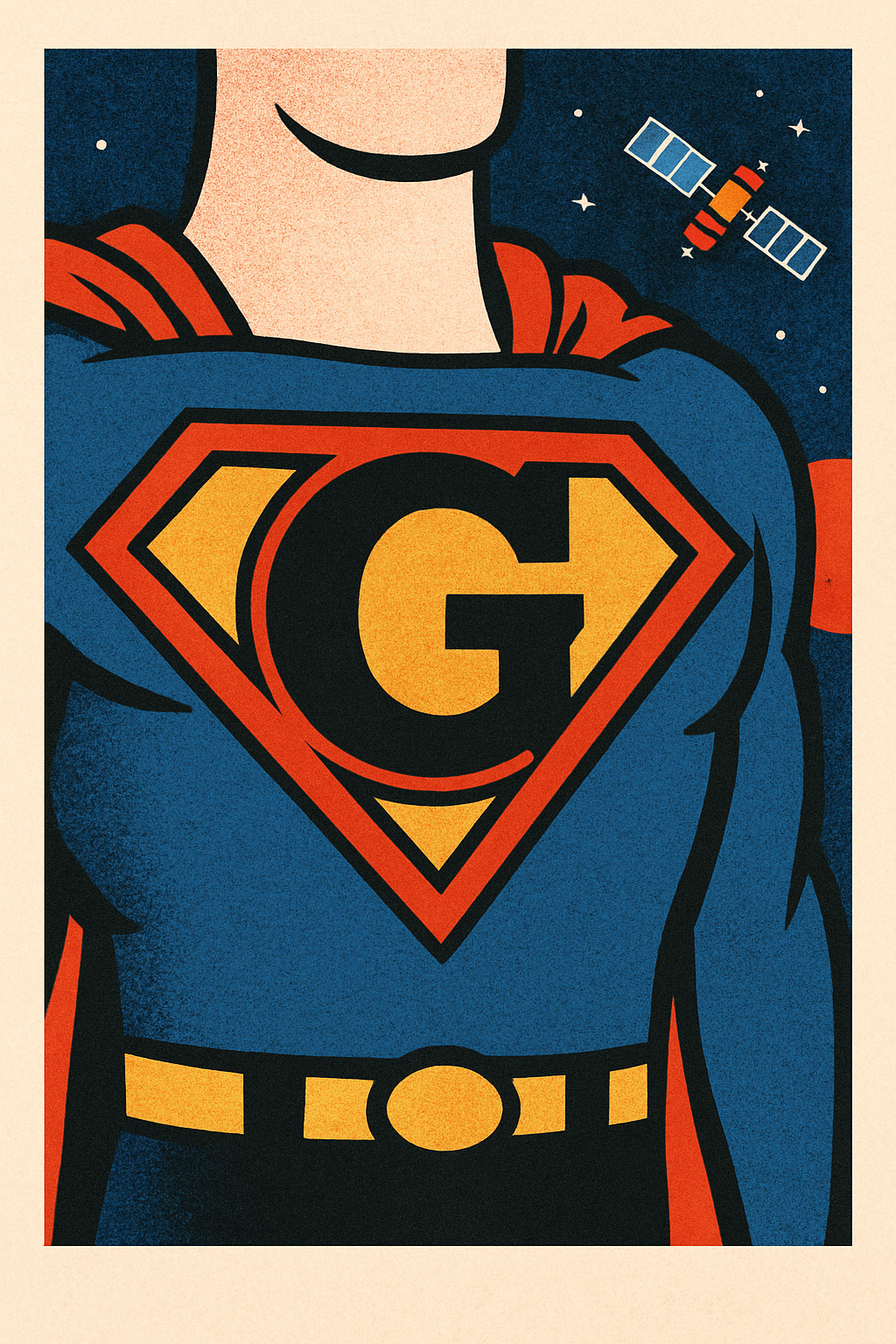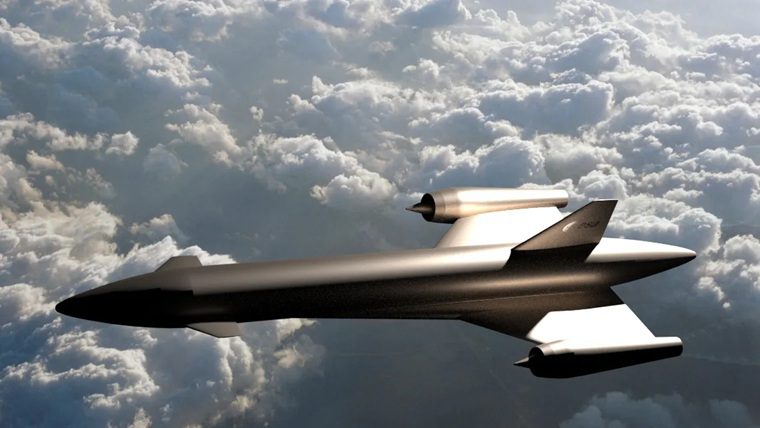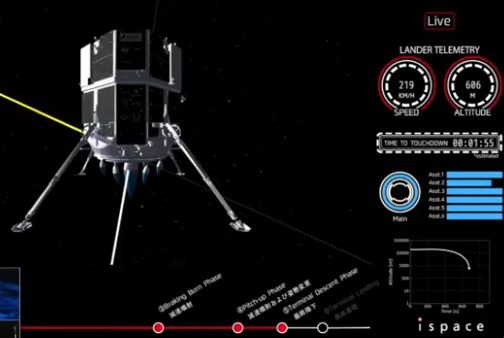Johann-Dietrich ‘Jan’ Woerner has been Director General of the European Space Agency (ESA) since 1 July 2015. After eight years heading German Aerospace Centre (DLR) and the German delegation at ESA, he succeeded Jean-Jacques Dordain in the leading ESA executive role. In his short period in office, Jan Woerner has already restructured the agency so that it is ready for the “Space 4.0” era. He talks to David Todd, Seradata’s Head of Space Content, about ESA’s future covering private investment in space and insurance, innovation and reusable rockets, political risks and future plans for manned lunar exploration. The interview was conducted by email.
ESA has had an eventful year. Which of its achievements are you most proud of?
As Director General I would never point out just one or two missions because all of the ESA activities are important for me. However, for sure, the public visibility of the Rosetta mission and its Philae lander on Comet Churumyov-Gerasimenko was very important because it got the attention of a very broad public.
Going forward, ESA has had an 18% increase in its budget. Will ESA use this increase to sponsor more innovation in the private sector?
The budget of ESA is always linked to specific programmes defined by its Member States, so this is somehow “limiting” what we can do. However, we have already embarked on space programmes with a very strong private investment, especially in the telecommunications sector but also in the launchers sector. So we will go on with that and we will try to convince Member States also to fund more innovative activities, and also to take more risks than in the past.
What will ESA’s involvement in Ariane 6 design be within the new industrial framework around Airbus Safran Launchers?
What we did from our end at ESA, together with our Member States, was to clearly define the high level requirements such as the satellite mass needed to be transported, the orbits to be attained, and of course the competitiveness of the launcher. The details are defined by industry and this represents a change of governance that gives industry more responsibility and puts them in the driver’s seat.
Some, including executives within the European Union (EU), have suggested that Europe should be developing reusable launch vehicle technologies. What is your view?
My view is that we should look for the most competitive launcher system. Reusability is just one aspect. There might be other methods like single-stage-to-orbit, for instance, or other propulsion systems like the hybrid system that uses air-breathing during the lower part of the flight and then traditional fuel for the rest. Thus, there is a large variety of different aspects which have to be analysed. At the same time, we need to define what is the best and most proper European solution. So it’s not a matter of looking into just one thing.
As part of its risk management strategy, ESA has used insurance for some of its landmark missions. In the light of your increased budget does ESA plan to use more insurance or retain more of its risks?
ESA does not usually use insurance. We perform risky missions. However, usually we retain this risk, striving to minimise it by performing very clear analyses beforehand, relying on sensors and several engineering tools at the same time. I believe that in the future we should take on greater risk in order to have more innovation in a shorter time.
The European contribution of ATV technology to the NASA Orion Service Module is reported to be going well. However, while the Mars-mission-centric NASA has plans to orbit the Moon, it has noted that ESA will have to build a lunar landing craft if it wants to get astronauts to the lunar surface. This could be either a basic exploration lunar lander to fly on shared SLS Block 2 launches with Orion, or a much larger “lunar village” version to fly dedicated SLS flights. Is there any possibility of ESA developing either?
We are discussing with our global partners in the USA, as well as in Russia, in Japan and other countries, about future cooperation in exploration. Part of this discussion has to do with the journey to other bodies in our solar system and, for us, the Moon is the first very logical step on that journey. So we will see how we can realise that step, both in terms of robotic missions as well as human missions. There is no need to decide today about that as we still have the International Space Station for another 10 years. So while we have to prepare for the future, the decision will come later, when we know exactly what we are going to do.
It has been noted by critics that the EU has tried to interfere with the workings and policies of ESA. Do you think that ESA will ever become one of its agencies?
I believe that what we have to have is what taxpayers ask us to have: a “United Space in Europe”. This means that all the different actors in space should cooperate intensively and ESA, as an intergovernmental organisation, is part of this cooperation. So we are the managers for programmes defined by their stakeholders; be it for the Member States of ESA, defining the high level requirements, or be it for the European Commission, defining the high-level requirements for EU programmes. So I don’t see any necessity to move ESA into another legal framework.
The people of the United Kingdom will vote in a referendum in June this year on whether to remain within the EU. The leadership of the “Brexit” campaign for the UK to leave the EU has suggested that he would still like the UK to remain part of ESA in this event. If the UK does leave the EU, will it still be welcome within ESA, and will it still be treated the same?
It is interesting to see that in the UK we have two brothers arguing for different solutions: Jo Johnson, who as the UK’s Science Minister has very close relations with both the EU and ESA, and who wants the UK to stay in the EU; and his older brother, Boris Johnson, Mayor of London, who is supporting Brexit. For ESA, of course, there is no direct impact, as in either case the UK can and probably will remain in ESA. However, I personally would like to see the UK also being part of the European Union because my dream has always been to have a “United States of Europe”. If now some states leave the European Union then this is not a good sign. It also questions the aspect of solidarity. Solidarity is not only a win-win situation, it is also an important aspect if one has to contribute to overcome mutual problems. So I really hope the UK will remain in the European Union, but for sure it will remain in ESA.
On the subject of the political risk, while most of its participants would like to extend operations of the international Space Station, do you think that the damaged international relationship with Russia over Ukraine and Syria will hinder this plan?
No, it’s very clear that cooperation in space is beyond these Earthly problems. This was proven during the last year when we had Soyuz launches from Kazakhstan, with American and European astronauts as well as a Russian cosmonaut being flown on board. So space is an ideal instrument to bridge such problems and we would like to continue on this track.
And finally, on a lighter note, what are your favourite animals? Please describe the attributes that you like in them.
A lion, and the second one, maybe a rabbit. A lion because of its power and its ability to tackle problems, and a rabbit because of its cleverness.
Comment by David Todd:
Jan Woerner appears to be in favour of ESA taking on more risk without resorting to insurance, just so long as it is in the cause of accelerating innovation. On this, he also leaves the door open to reusable technologies and for missions to the Moon.
Woerner’s internationalism – in respect of the West’s relationship with Russia and the unity of both ESA and the EU – is an honourable stance, even if the reality is that national interests often clash with such idealism.
And finally, while he has a quirkily joking persona in public, what is Jan Woerner really like? The last “on a lighter note” question was a bit of psychological fun to try to find out. His choice of favourite animal is supposed to be how Jan sees himself: a big powerful lion who is able to solve problems. His second favourite is supposed to be how others see him: Woerner is apparently viewed as being a cuddly but clever bunny.
This interview was first published in the World Space Risk Forum Newsletter
Biography of Prof Dr Jan Woerner:
Professor Jan Woerner is yet another example of a top space executive being recruited from civil engineering. Having taken degrees in civil engineering at the Technical University (TU) Berlin and TU Darmstadt, including spending a year in Japan investigating the earthquake safety of nuclear power plants, he worked for the consulting civil engineers Koenig und Heunisch. In 1990 Dr Woerner returned to academia as professor of civil engineering at TU Darmstadt and became President of the University in 1995. He was appointed Chairman of the Executive Board of the German Aerospace Centre (DLR) in 2007 and served in this role until his appointment at ESA in 2015. Jan Woerner has been awarded several academic prizes and honorary degrees, including one from the technical university of Mongolia, and he is an honorary Knight of the French Légion d’Honneur.








